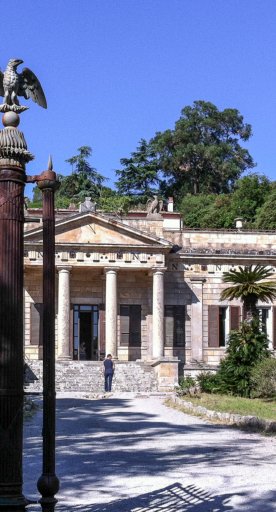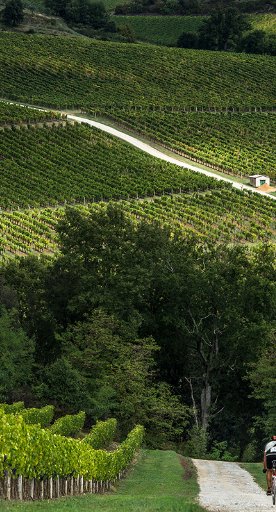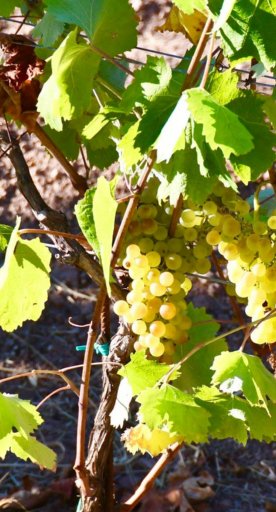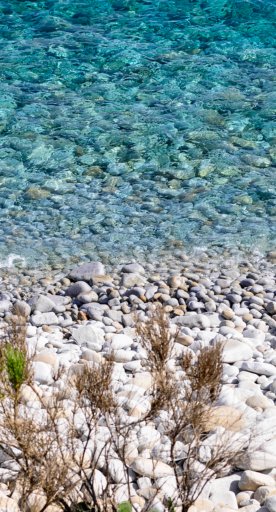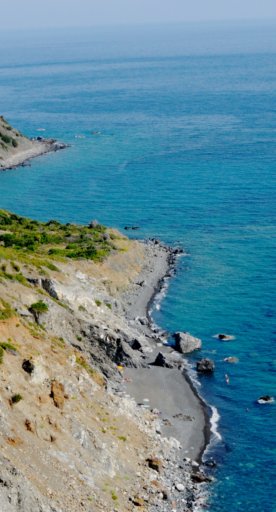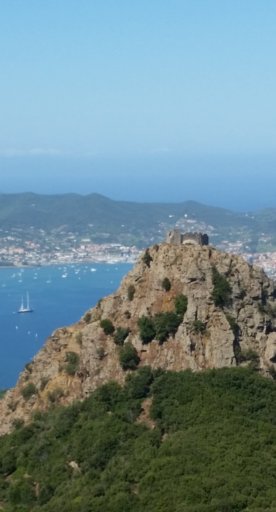Capoliveri: what to see and do
A journey through lush landscapes and glittering sea, from the ancient fortification to the Innamorata beach, passing through the Capoliveri bike Park
Perched on the terraced ridge of Monte Calamita, the medieval town of Capoliveri is known for its vineyards and stunning beaches.
-
1.Medieval past and Saracen pirates
-
2.Romanesque churches and underground mines
-
3.Vineyards and stunning scenery
Medieval past and Saracen pirates

The medieval past of the village is visible in the narrow and picturesque arched alleys called “chiassi” in which small craft shops and delicious typical foods and rich wines can be found. Defensive measures were taken in the medieval period to protect this idyllic spot from the repeated raids by the bloody Saracen pirates. Interesting architectural sites are peppered all over the island detailing this intriguing aspect of Capoliveri’s past. One such place is Forte Focardo, dating to 1678 during the period of Spanish rule over the island, located near the village of Naregno. The imposing fortification rises on a promontory overlooking the coast and was eventually transformed into a lighthouse which can be viewed from the outside.
Romanesque churches and underground mines

Nearby is the Sanctuary of Madonna delle Grazie. Built in the 16th century, it is a Latin cross sanctuary with a wooden roof, frescoed in the early 20th century. It is also home to a famous painting of the Holy Family attributed to Marcello Venusti. Another noteworthy attraction is the Romanesque church of San Michele, located in San Rocco, near Capoliveri. Dating to the early 12th century, it is the oldest work of Romanesque architecture on the island. The partly ruined church with its rose-hued local limestone also draws fame for having had Pope Gregory XI celebrate a mass there in 1376. The only underground mines on Elba island are based in Vallone and Ginevro, allowing you to explore the town’s mining history with 7km of tunnels, reaching 54 metres below sea level. It is also the largest deposit of magnetite in Europe. Guided tours are available to discover this unique site.
Vineyards and stunning scenery

Capoliveri has always been a land of vineyards and fine wine, to be enjoyed with some of the many delicious local dishes. The name originates from Caput Liberi, Latin for Liberus’ Hill, meaning sacred to Bacchus. The biggest cultural event on the calendar is in fact the Grape Festival, held in October, in which many harvest themed events take place.
With an abundance of lush landscape and the glittering sea, a range of activities are available to make the most of the stunning setting. Capoliveri bike park is one such place, perfect for cycling enthusiasts, or you could follow some of the trails across Monte Calamita, rewarding you with incredible views. With its myriad of bays, inlets and beautiful beaches, and of course, the magnificent Mount Calamita, there are many beaches which you must make sure to see. Take a trip to Capo di Stella, Barabarca or Innamorata beach where the ‘Love Festival’ on July 14 is an excellent time. Legend has it that two star-crossed young lovers, Lorenzo and Maria met in secret on Innamorata beach, before meeting a tragic end.
A boat tour is an excellent way to see Capoliveri at its very best, with the hills and valleys alongside you as you cruise the mesmeric coast. Keeping on a maritime theme, the Museo del Mare explores another fascinating aspect of Capoliveri’s past. Napoleon Bonaparte was exiled to Elba island, drawing history lovers to the island, but the waters saw more than just this momentous event. The Pollux ship was on its way from Naples to Marseille when it sank with an enormous hoard of coins on board, prompting a massive treasure hunt. The museum hosts an exhibition on that shipwreck that is well worth visiting.





